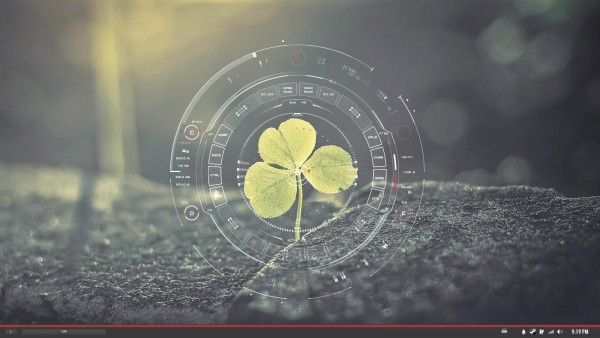
Nature and technology have historically been in conflict with one another. The traditional view of technology is to create unnatural things that empower people to do things that would not be possible through naturally occurring forces. However, the emergence of generative design is re-shaping how designers and inventors view the relationships between nature and technology.
Through the use of generative design, designers are using next-level computer intelligence to harness big data in the same way that the process of evolution itself improves on an infinite pool of existing designs to continually improve on an end result that better achieves specifically desired goals or needs. On Autodesk’s Chief Technology Officer Jeff Kowalski summarizes this approach by stating, “Machine-learning algorithms in computers can now detect patterns inherent in millions of 3D models and generate taxonomies without direction or intervention by humans.”
While nature takes an existing solution and gradually improves upon it through the process of evolution, many designers take a more brute force approach. When they can’t get a design to work, they throw it away and create another one. To change the outcome, designers need to completely change their approach.
Nature Moves Forward
Nature has survived for millions of years because it always evolves and never retreats. In order for inventors to move forward in a similar fashion, they must tap into the large pool of designs and workable ideas that currently exist. Because it has the inherent ability to utilize every idea, asset, schematic, or design present in the world, nature has always had the advantage over human invention.
With this technology, a computer can classify parts such as axles, gears, and bearings and determine how they interact with one another. It also has the capability to create multiple design options for a specific dimension of a chosen component and offer these design options as elements for a future design project. The design firm Arup recently released an example of what next-level computer intelligence makes possible, designing sculptural joints to be used with tensile structures. The company analyzed the unique forces of each structural joint by using a 3rd party generative design software, and optimized for those forces in the matching computer-generated design.
Generative Design as Technology Imitates Nature Itself
Other recent examples of generative design involve product designers who are developing technologies inspired by existing designs from nature itself, truly marrying the once divergent concepts of nature and technology.
For example, while people despise termites, they willingly concede that they are efficient creatures. This is exactly what Harvard researchers banked on when creating a robotic imitation of the termite to help build structures in places that are dangerous or inaccessible for humans. Scientists used a generative design approach to program the robot termites to think like an actual termite does. The program commands the robot termite to carry building blocks from one place to another and seek out a new spot if there is already something where the block should go. It is simple and effective, based on rules instructing the termites on how to individually react to pre-designated scenarios in order to accomplish an end goal. These rules are derived from large quantities or observation and analysis of termites and their colonies.
 Gearfuse Technology, Science, Culture & More
Gearfuse Technology, Science, Culture & More


